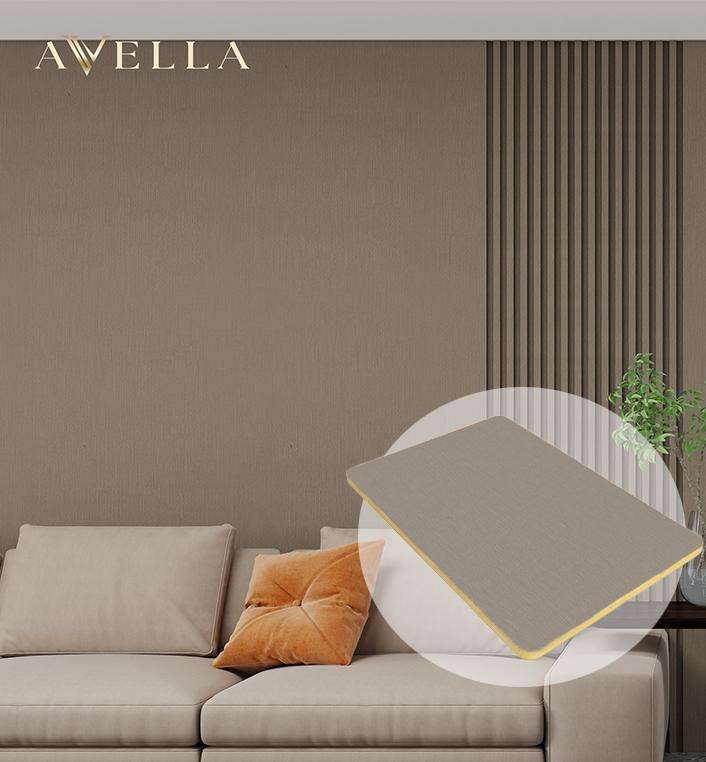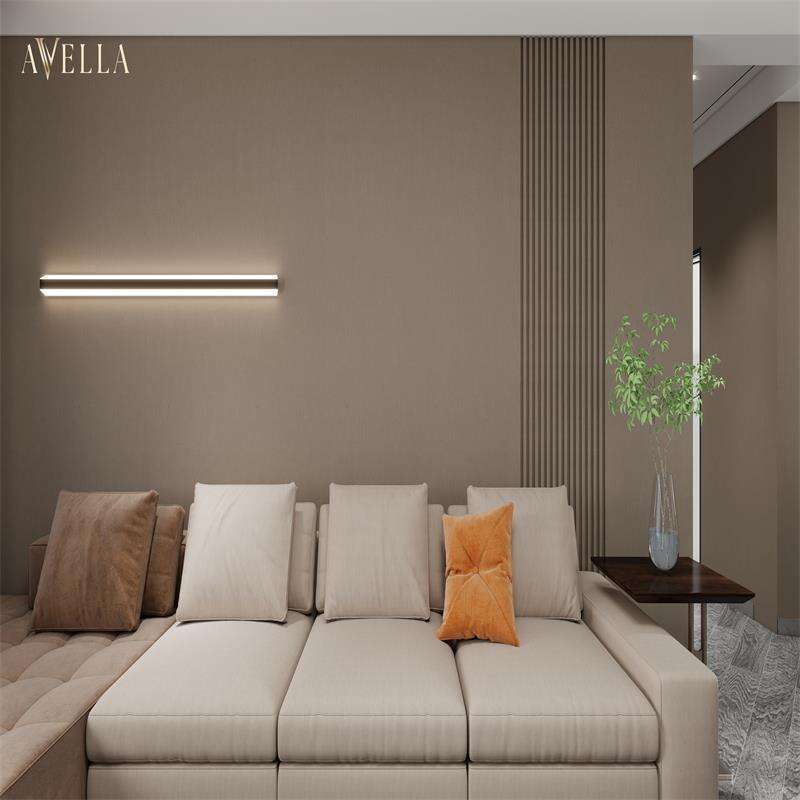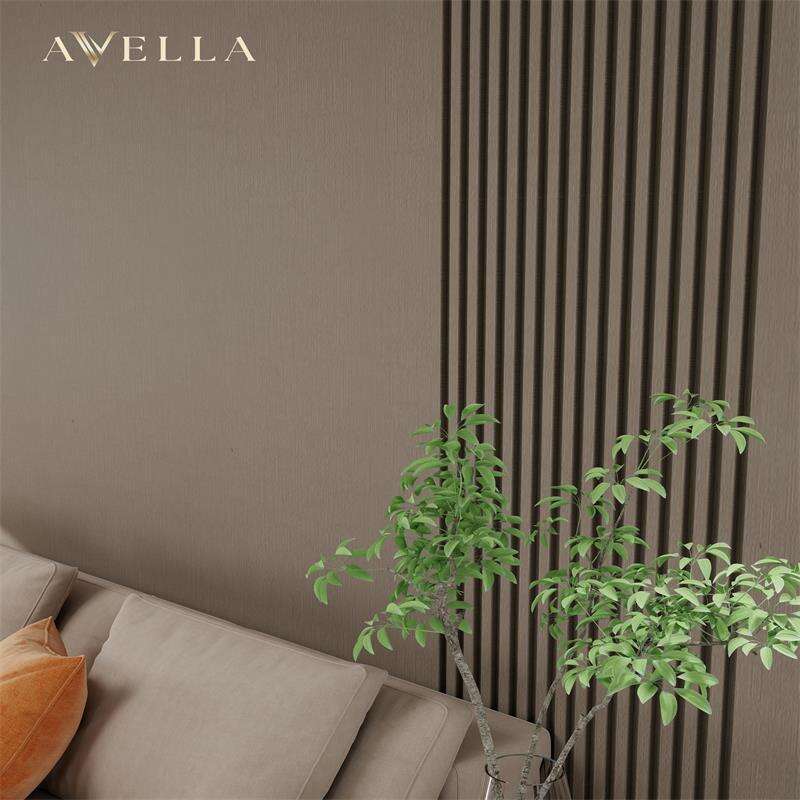composite wall cladding
Composite wall cladding represents a revolutionary advancement in building exterior solutions, combining durability, aesthetics, and functionality. This innovative material consists of a carefully engineered blend of natural wood fibers and high grade polymers, creating a robust and versatile building material. The cladding system provides exceptional protection against environmental elements while maintaining an attractive appearance that can simulate various textures, including natural wood, stone, or modern architectural finishes. The technology behind composite wall cladding incorporates UV stabilizers and advanced manufacturing processes to ensure long term color retention and structural integrity. It serves multiple functions, including weather protection, thermal insulation, and aesthetic enhancement of buildings. The installation process involves a sophisticated interlocking system that ensures seamless coverage and proper ventilation. These panels are designed to withstand extreme weather conditions, resist fading, and require minimal maintenance compared to traditional cladding materials. In commercial and residential applications, composite wall cladding offers architects and builders a sustainable solution that combines performance with design flexibility. The material's composition allows for various styling options while maintaining consistent quality and durability throughout its lifespan.


